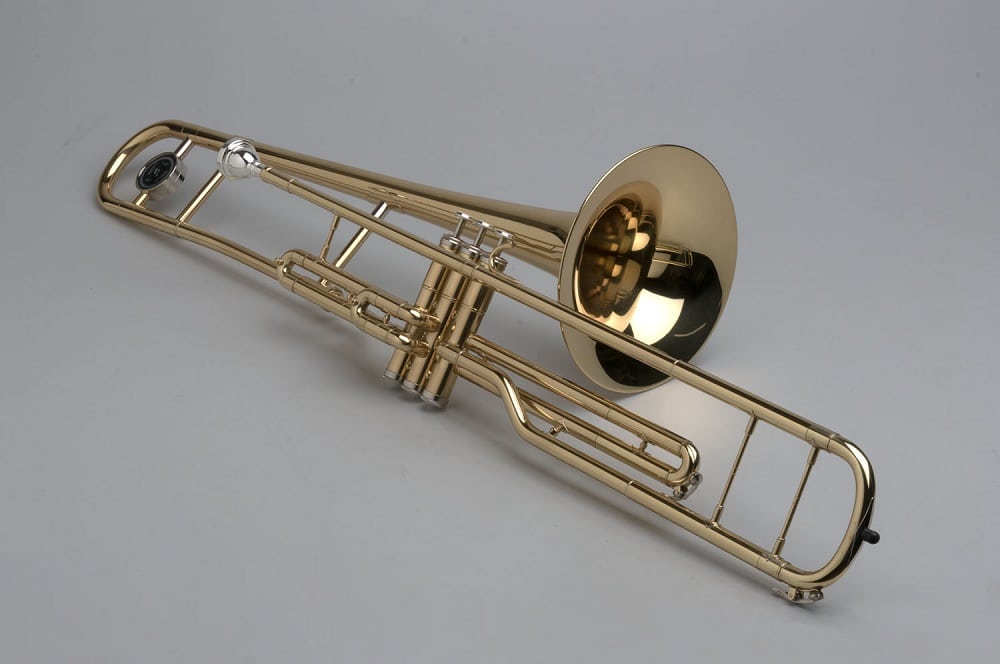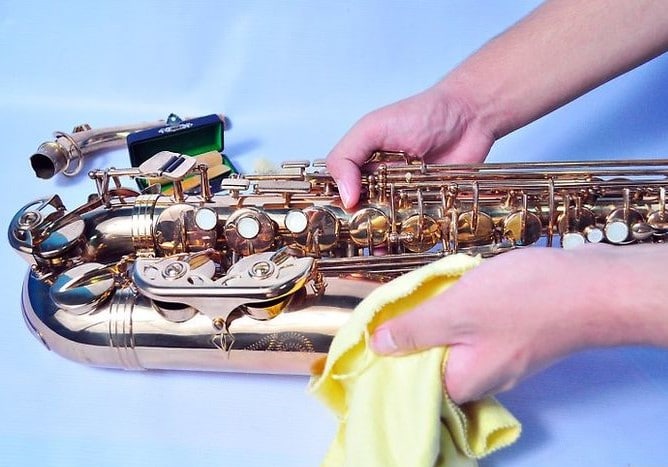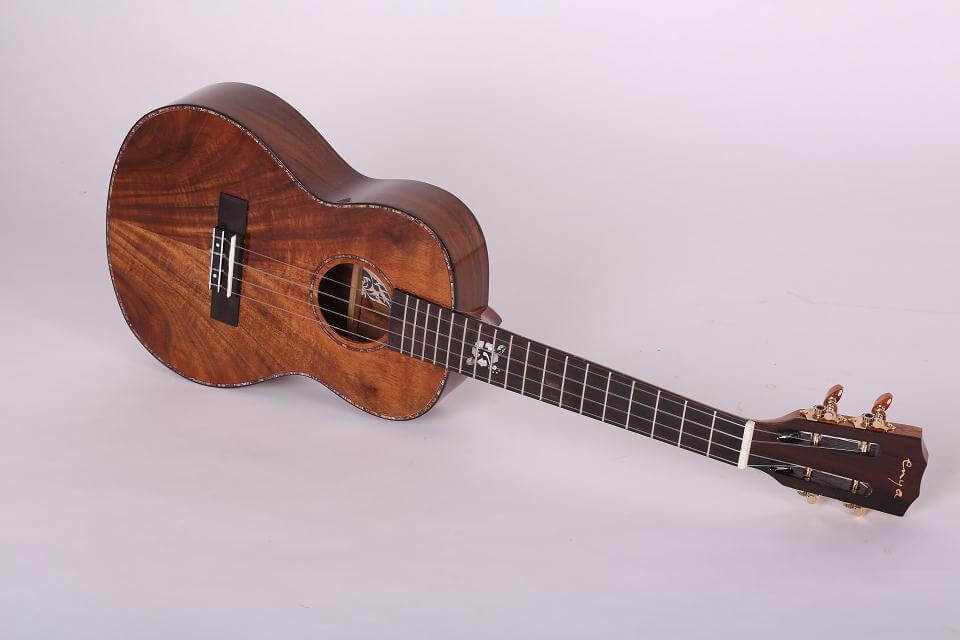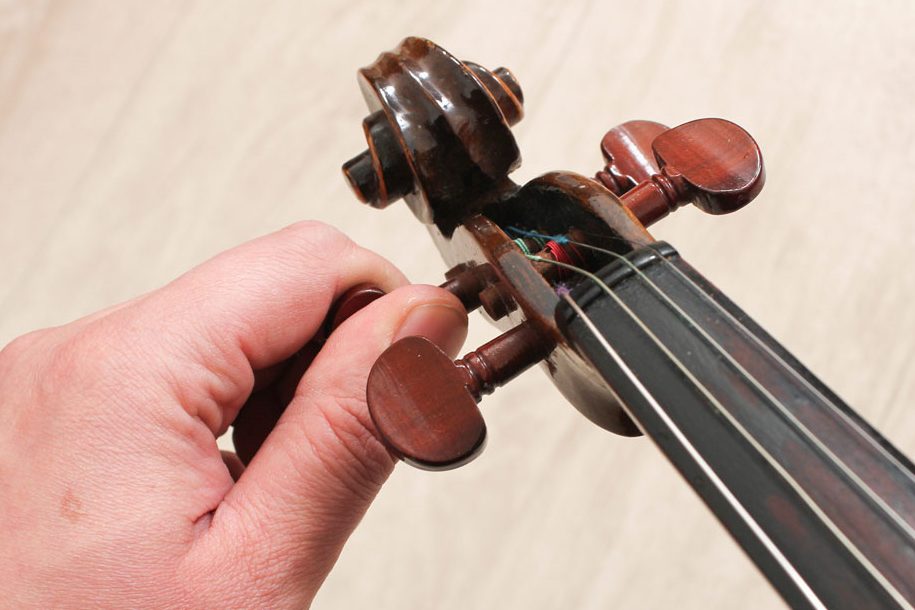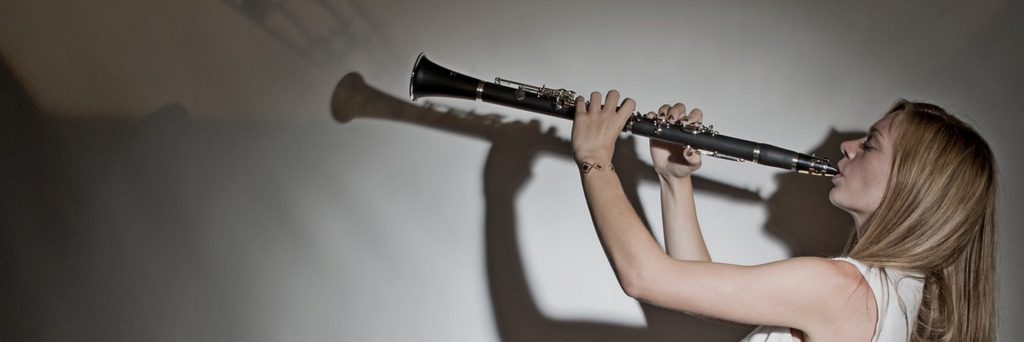Chances are that like most people right now, you have a lot of free time. If you’re ready to move on from puzzles, playing the bongo might be an exciting new hobby. How to play bongo is an interesting topic and we’ll walk you through the steps you need to take. This is a fun instrument and the beauty is that it isn’t very expensive. There are plenty of basic rhythms to learn, and more advanced ones you can move on to when you’re ready. Playing the bongo drums is a great, entertaining way to pass the time and pretty soon you’ll be able to free-style like a professional.
While it’s unclear exactly how the bongo came to be as a musical instrument. It does seem to have its
origins in Cuba
Trusted Source
Bongo drum - Wikipedia
The origin of the bongo is largely unclear. Its use was first documented in the Eastern region of Cuba, the Oriente Province, during the late 19th century, where it was employed in popular music styles such as nengón, changüí, and their descendant, the son cubano.
en.wikipedia.org
while also derived from African traditions. Appearance-wise, bongs drums are 8 inches high and have diameters of 8 inches and 10 inches.

Bongos come in different sizes, which is great if you have a child interested in the instrument, or if you just have petite hands. You can find bongo drums in different materials, ranging from rawhide to synthetic materials for the head, or drum covering.
The most suitable size for beginners is the 6/7-inch. Such sets won’t cost a fortune (take a look at this set from MUSICUBE, for instance), yet they are ideal for mastering your first rhythms with ease.
If you have some bong playing experience under your belt, then you might be ready to upgrade. Moreover, you may have experience playing the drums, which will give you a sense of rhythm you can start with.
Thankfully, there are some premium versions available also. This bongo set from Meinl Percussion is made with rubberwood and natural buffalo skin for unique, incomparably warm sound.
When learning how to play bongo drums, comfort is key. Therefore, start by sitting on a comfortable but firm chair. It should not have any arms, so a kitchen table chair is perfect. Make sure you can place your feet flat on the ground.
You will need to place your bongos on your lap, so your legs should be at a 90-degree angle. Take a look at your bongos. One will be smaller than the other. The small drum should be placed on your left knee. However, if you are left-handed, then you will need to switch to the right knee, and unfortunately, reverse any subsequent instructions.
The large drum should not be placed on your right knee. It might take a bit of time getting used to, but the bongos should sit firmly on your knees so they don’t fall off. If you have a young child trying to play, you can always prop the bongos on a table or even purchase a set of mounting bongos for easier play. Similar to drum sets, there are stands that make the bongs easier to play.
Once you feel comfortable, it’s time to get started!
When starting to learn how to play bongo drums, there are some basic strokes to master. While they may seem simple, they will help you get used to the rhythm of the bongos and allow you to eventually move on to more masterful strokes.
The open tome stroke is a good, basic place to start. You want to hit the edge part of the bong drum by using the top part of your palm. Your fingers should bounce off the head of the bongo. As you get used to the motion, you can start moving your hand around until eventually it is about 4 inches from the center of the drum. Listen to how the sound fluctuates. Ideally, as you hit the bongo, you should hear a clear, rich sound without any ringing.
Start by positioning your hand. It should be flat with the fingers curled slightly inwards. Hit the bongo with your fingertips and as you move off the bongo, relax them as they lift into the air. You should hear a popping sound that is higher in pitch than an open tone strike.
Once you’ve mastered the open tone and the slap, it’s time to move onto a bit more movement. With the heel-tip movement, you’re essentially moving your hand to produce a rich sound. Hit the head of the bongo with the heel of your palm and then rock forwards so that your fingertips also hit the drum. Don’t take your hand off the bongo as it should be a nice, fluid motion.
The last fundamental stroke to learn is called the basic muted tone. Start as you would with the open tone, where your palm hits the drum. However, instead of moving your hand away from the drum afterwards, keep your fingers on the drum. Because your fingers are lightly touching the head of the drum, you will produce a muted tone that is light and subtle.
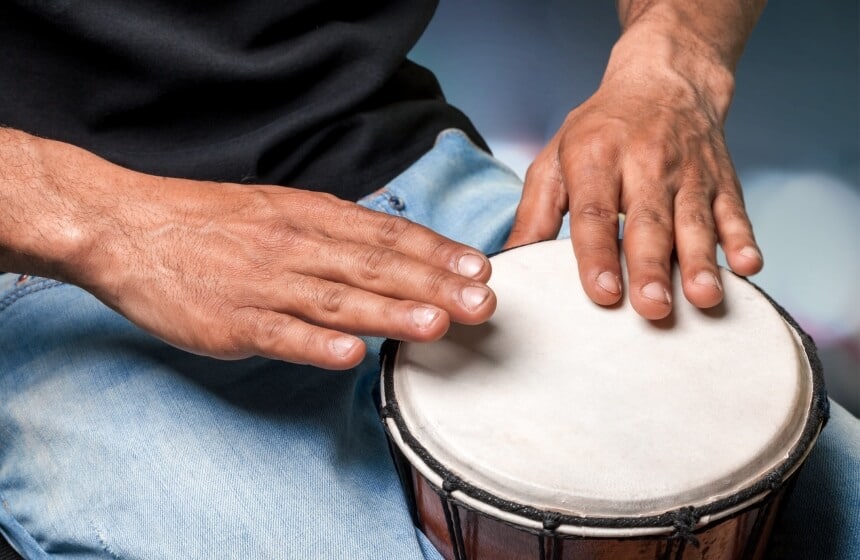
For those that love salsa music, the Martillo rhythm is king. This is a basic beat that most salsa music, and even other bongo music employs. If you’re only going to master one rhythm, this is the one to choose.
A calypso beat is another fun way of using the bongos. It takes everything you know about tones, which are formed on the edge of the drum, and touches, with is a light tap in the middle of the drum.
There comes a time when every beginner is ready for the next step. While it may take some time, you are capable of getting to the funky drumset groove. And hey, with a name like that, why wouldn’t you want to try it out?
The nice thing about the funky drumset groove is that it is an alternating patter between your right and left hands. It has a different count then other beats, and goes one and a two and a three and a four.
It’s always fun to learn a new instrument. However, most musical instruments are confusing, let along expensive. With bongos, you can easily purchase an affordable set. Then, you can sit down and play around, slowly becoming familiar with the different rhythms you can produce. It might seem intimidating to learn how to play bong on your own. But by following our steps and watching some online videos, this is a skill you will soon be able to master.
